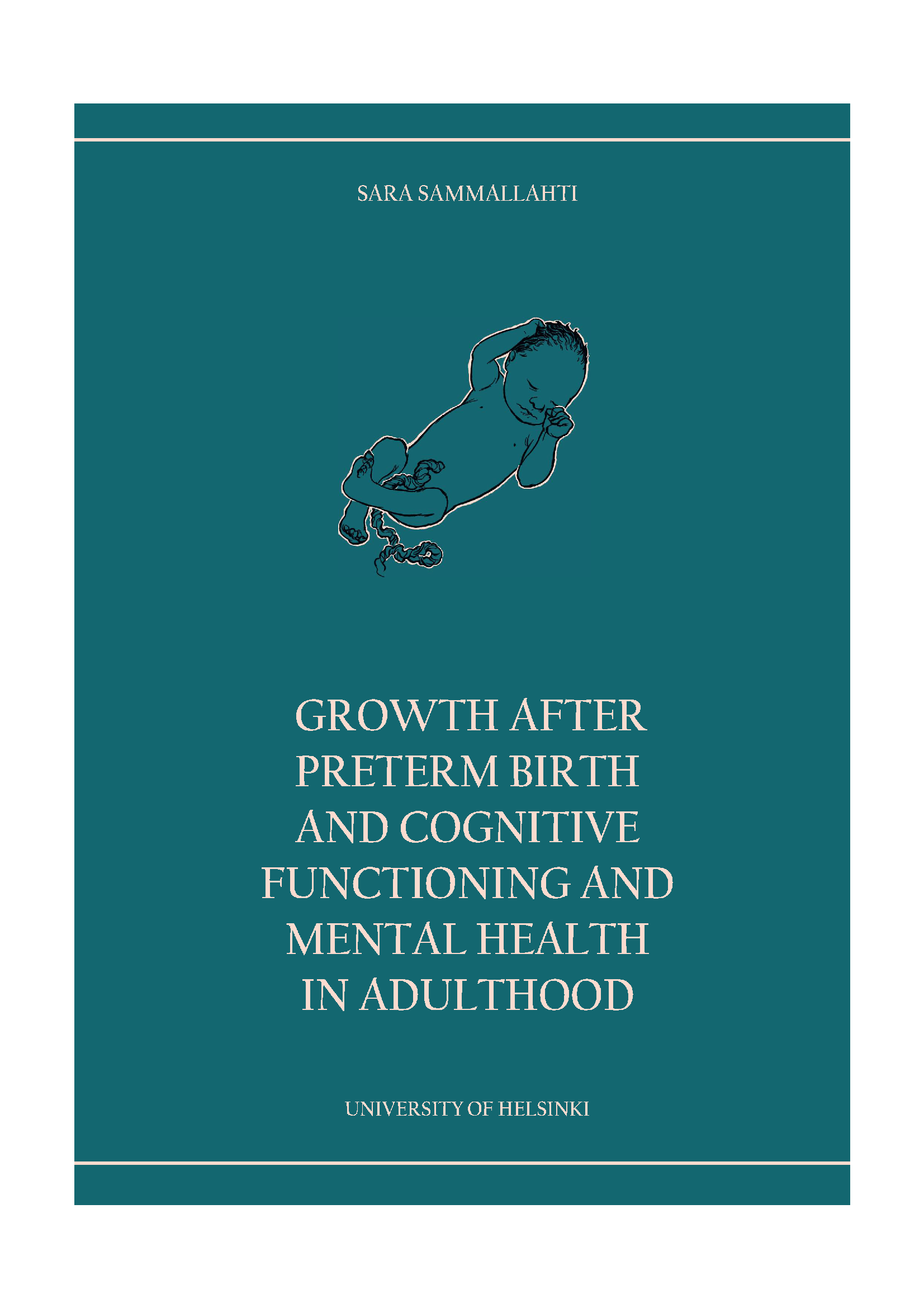Obesity and overweight are increasing at an alarming rate, and more and more women are entering pregnancy with obesity. Not only related to physical health, maternal early pregnancy overweight and obesity are also associated with consistently higher levels of depressive symptoms throughout and after pregnancy, as shown by psychologist Satu Kumpulainen, who is about to defend her PhD this month.
Looking beyond the immediate risks that manifest during pregnancy and childbirth, Satu also found that those young adults whose mothers had been obese or overweight during pregnancy had altered levels of cortisol – the so-called “stress hormone” – even as adults. This interesting finding supports the hypothesis that maternal overweight and obesity can alter the development of the offspring’s hypothalamic-pituitary-adrenocortical (HPA) axis, an important part of the autonomous nervous system that manages our responses to stress. This could have long-lasting consequences for the child.

Somewhat surprisingly, Satu also found evidence that challenges the view that lower childhood cognitive functioning poses a risk for adiposity and a less physically active lifestyle in adulthood. Her work revealed that among young Finns, those who had better cognitive abilities as children tended to have lower levels of physical activity during the day and sit more as young adults – downside of being buried behind study books and office desks, perhaps?
Satu Kumpulainen is defending her doctoral dissertation entitled “Obesity and associated health risks – outcomes of maternal early pregnancy obesity and child’s cognition” in the Faculty of Medicine, University of Helsinki, on 25 January 2019 at 12:00. The event is open for anyone who wishes to hear more about the topic! The examination will take place at the following address: Päärakennus, Auditorium XV, Unioninkatu 34. Professor Annick Bogaerts, from KU Leuven in Belgium, will serve as the opponent, and Professor Katri Räikkönen-Talvitie as the custos. The dissertation is also available in electronic form through the E-thesis service.
/Sara Sammallahti








